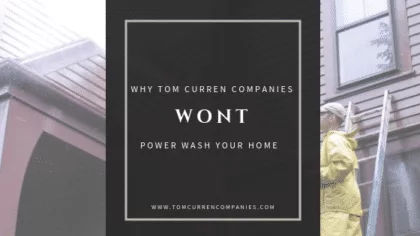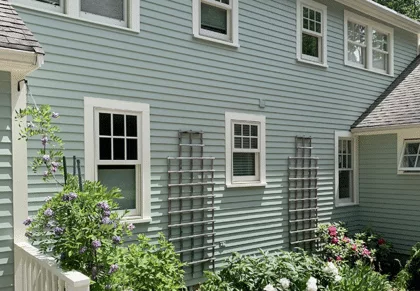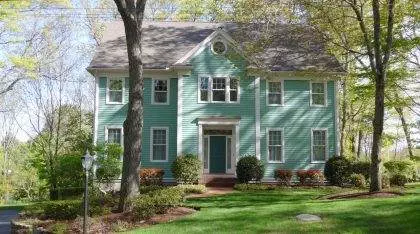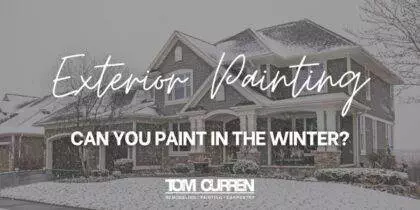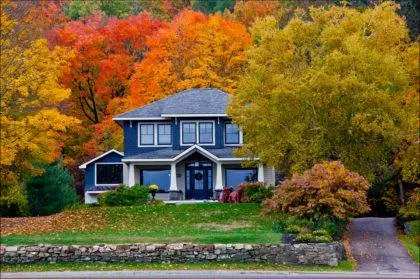Peeling Under Eaves
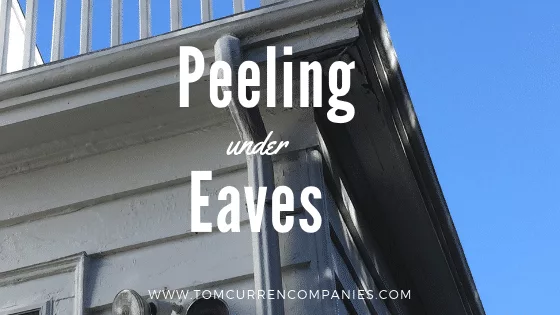
Generally, the elements have a deleterious relationship to exteriors, causing wear and damage that can end in costly repairs. Exposure to weather does, however, have one very positive effect: cleaning your surfaces naturally. The few exterior elements of your home that never benefit from that cleaning effect are the shaded spaces under your eaves, where dirt, grime, pollution, and—most importantly—sulfur dioxide accumulates.
You can’t get away from sulfur dioxide: it’s in the air. And what sulfur dioxide does that you need to know about is this: it leaves tiny, salt-like crystals on exterior surfaces. Those crystals are, unfortunately, rather problematic—particularly when they’ve been lingering under your eaves for a long time. If you’re looking for a reason why the paint in those protected, shady places are peeling, a good first suspect is improper surface preparation. If those salt deposits from the air weren’t removed prior to coating, it’s no surprise that your paint has started to peel.
To take a short, science-based detour: your paint peels because the crystals draw moisture through the top coat, roughly the same way salt draws moisture into a piece of poultry. When that happens with chicken, you have a succulent bird; when it happens with paint, you get peeling and blistering—unlike poultry, paint should never be moist under the surface. So what do you do if the damage is already done? How do you deal with paint peeling under your eaves?
A good solution is perhaps an obvious one, but we’ll say it anyway: repaint. But before doing that, you need to remember a few things to ensure a strong, long-lasting finish.
First, clean the area you’re looking to repaint and let it dry. Second, scrape off any peeling paint and sand the surface down to the substrate, making sure to wipe it down and ensure that no dust from the sanding will get under your finish. Finally, before repainting, use a high-quality primer. Then apply your topcoat.
Once your paint job is finished, just keep in mind that nothing is naturally cleaning the space under your eaves. If you want to maintain your smooth new topcoat, occasionally spray it down with a hose, and remember that those protected parts of your exteriors need, if anything, a little extra attention from time to time.
READ OUR
Related Articles
Locations

